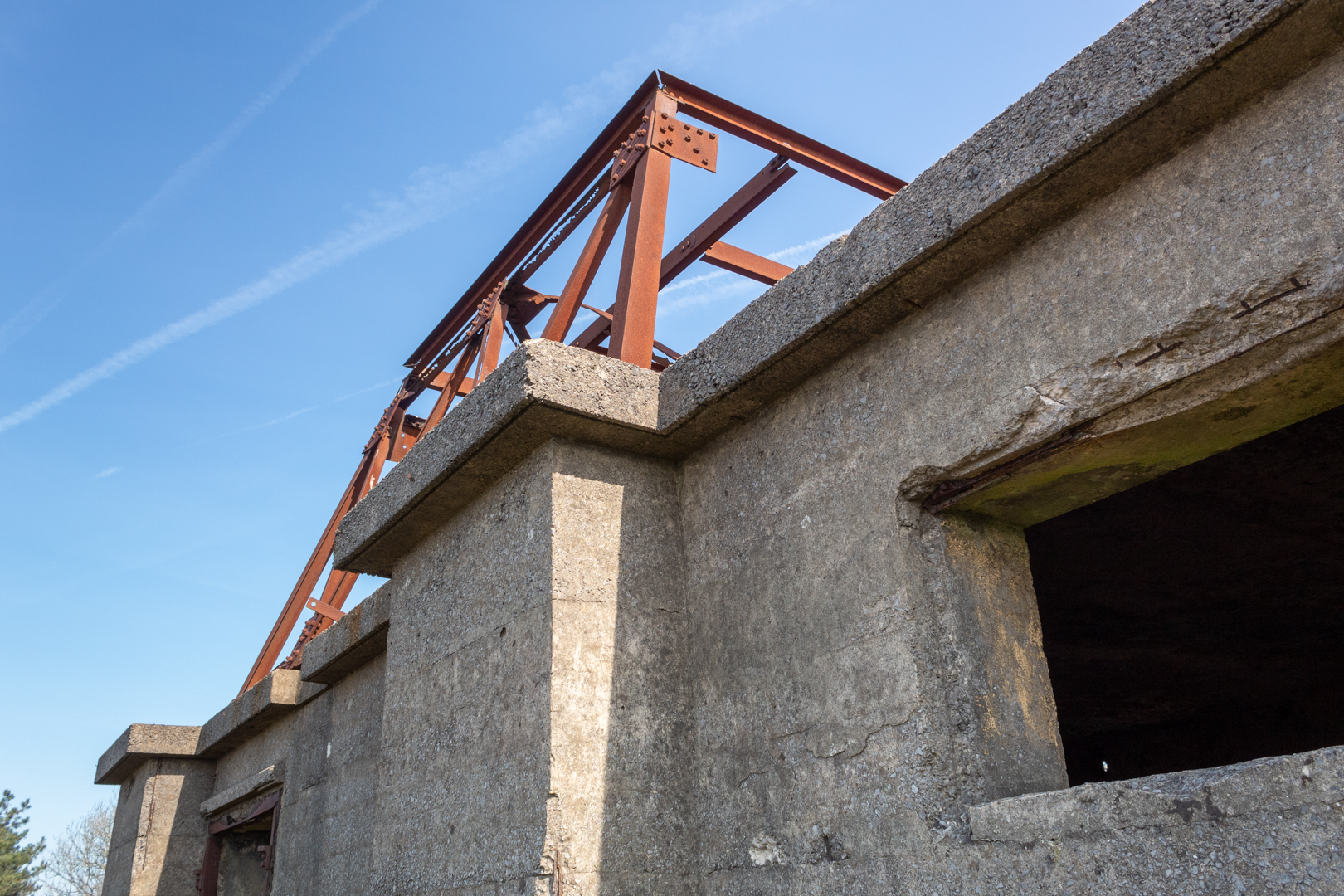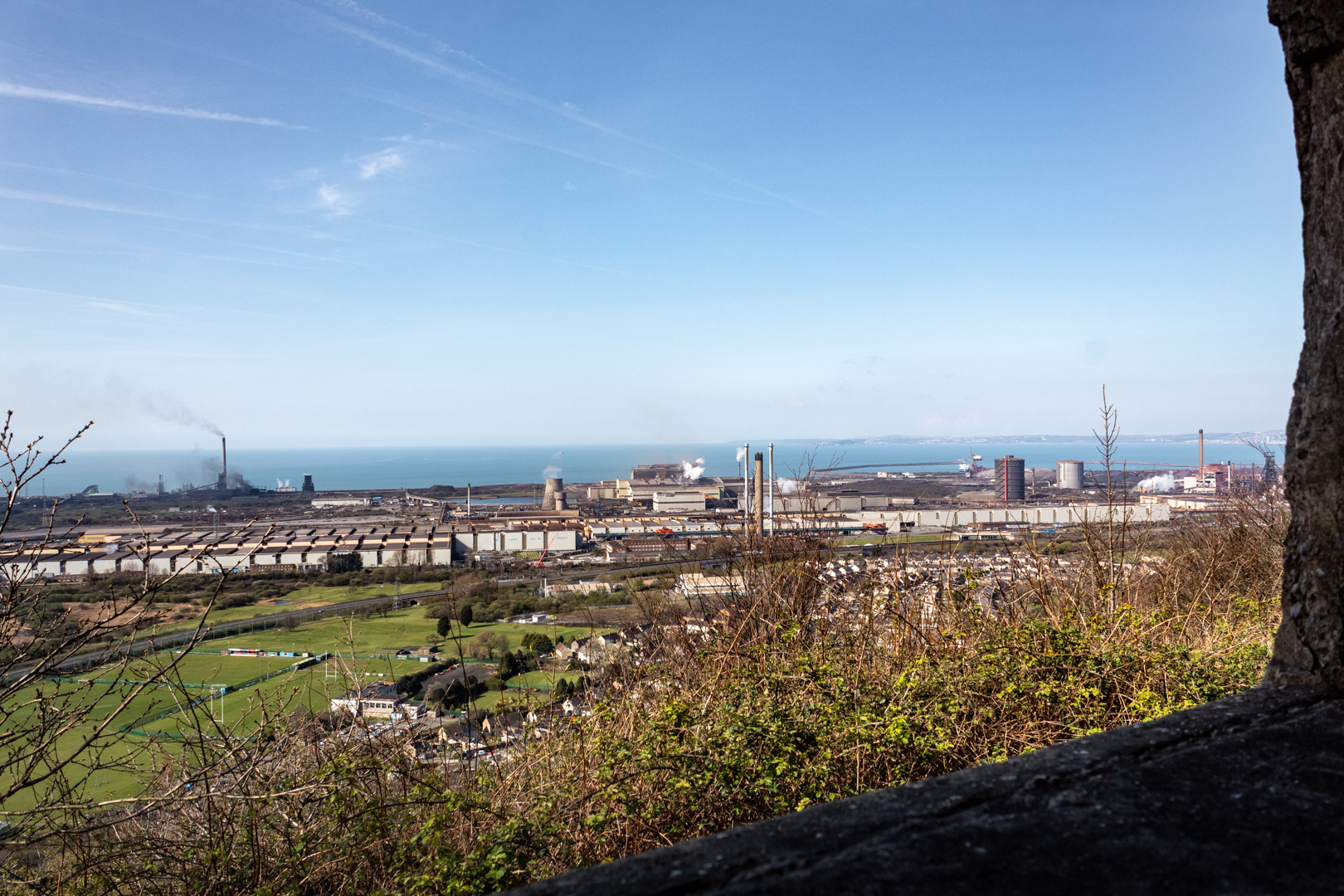Visit Date 05-2022. .
I suspect that if you were to ask anybody in Wales to name the most famous dog (Movies excluded) I suspect they would answer Gelert.
The reason for this is that the story is of a dog that is buried and remembered in the village named after him, Beddgelert.
The inscription on the grave in both Welsh and then in English reads: -
IN THE 13TH CENTURY, LLYWELYN, PRINCE OF NORTH WALES, HAD A PALACE AT BEDDGELERT. ONE DAY HE WENT HUNTING WITHOUTGELERT "THE FAITHFUL HOUND" WHO WAS UNACCOUNTABLY ABSENT. ON LLYWELYN'S RETURN, THE TRUANT STAINED AND SMEARED WITH BLOOD, JOYFULLY SPRANG TO MEET HIS MASTER. THE PRINCE ALARMED HASTENED TO FIND HIS SON, AND SAW THE INFANT'S COT EMPTY, THE BEDCLOTHES AND FLOOR COVERED WITH BLOOD. THE FRANTIC FATHER PLUNGED THE SWORD INTO THE HOUND'S SIDE THINKING IT HAD KILLED HIS HEIR. THE DOG'S DYING YELL WAS ANSWERED BY A CHILD'S CRY. LLYWELYN SEARCHED AND DISCOVERED HIS BOY UNHARMED BUT NEAR BY LAY THE BODY OF A MIGHTY WOLF WHICH GELERT HAD SLAIN, THE PRINCE FILLED WITH REMORSE IS SAID NEVER TO HAVE SMILED AGAIN. HE BURIED GELERT HERE. THE SPOT IS CALLED BEDDGELERT.
Unfortunately this is just a myth. History and myth appear to have become a little confused when in 1793, a man called David Pritchard came to live in Beddgelert. He was the landlord of the Royal Goat Inn and knew the story of the brave dog and adapted it to fit the village, and so benefit his trade at the inn.
However, in Wales, we really do have a true story of a historic dog.
Swansea Jack was a black retriever born in 1930. He lived in the North Dock / River Tawe area of Swansea with his master, William Thomas.
Jack would always respond to cries for help from the water, diving into the water and pulling whoever was in difficulty to safety at the dockside.
His first rescue, in June 1931, when he saved a 12 year old boy, went unreported. But a few weeks later, this time in front of a crowd, Jack rescued a swimmer from the docks. His photograph appeared in the local paper and the local council awarded him a silver collar. In 1936,
Later he had the prestigious 'Bravest Dog of the Year' awarded to him and in 2000, Swansea Jack was named 'Dog of the Century' by NewFound Friends of Bristol who train domestic dogs in aquatic rescue techniques
Legend has it that in his lifetime he saved 27 people from the Docks / River Tawe. Sadly, in October 1937, Swansea Jack died after eating rat poison. His burial monument, paid for by public subscription, is located on the Promenade in Swansea.
Footer:
Visit Information:-
Google Reference
51.611550048497776, -3.966347713215829
What Three Words reference:-
///spill.urban.dark (this is an approximate)
Additional information.
On the main promenade in Swansea.
Thank you for visiting this blog.
If you would like more information on this location please feel free to contact me.
The reason for this is that the story is of a dog that is buried and remembered in the village named after him, Beddgelert.
The inscription on the grave in both Welsh and then in English reads: -
Swansea Jack was a black retriever born in 1930. He lived in the North Dock / River Tawe area of Swansea with his master, William Thomas.
Jack would always respond to cries for help from the water, diving into the water and pulling whoever was in difficulty to safety at the dockside.
His first rescue, in June 1931, when he saved a 12 year old boy, went unreported. But a few weeks later, this time in front of a crowd, Jack rescued a swimmer from the docks. His photograph appeared in the local paper and the local council awarded him a silver collar. In 1936,
Later he had the prestigious 'Bravest Dog of the Year' awarded to him and in 2000, Swansea Jack was named 'Dog of the Century' by NewFound Friends of Bristol who train domestic dogs in aquatic rescue techniques
Legend has it that in his lifetime he saved 27 people from the Docks / River Tawe. Sadly, in October 1937, Swansea Jack died after eating rat poison. His burial monument, paid for by public subscription, is located on the Promenade in Swansea.
Footer:
Visit Information:-
Google Reference
51.611550048497776, -3.966347713215829
What Three Words reference:-
///spill.urban.dark (this is an approximate)
Additional information.
On the main promenade in Swansea.
Thank you for visiting this blog.
If you would like more information on this location please feel free to contact me.



















































